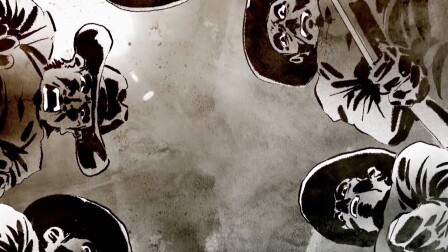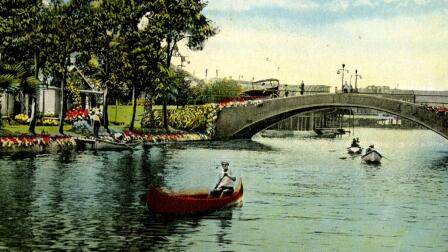Back to Show
Lost LA
Semi-Tropical L.A.: How the Sunny Southland Sold Itself
When the transcontinental railroad reached Southern California in 1876, it connected Los Angeles with the population centers and markets of the eastern U.S., fueling a boom that transformed a remote cowtown into a city. It also fueled a powerful promotional machine that promised more about Southern California – and its “semi-tropical” climate – than reality could support. Los Angeles has been struggling under the weight of its own mythology ever since.
Support Provided By
Season

27:05
Trace the devastation of the 1928 St. Francis Dam collapse and its deadly flood.

26:40
How Cold War vigilance and secrecy shaped Southern California culture.

26:39
The Space Shuttle Endeavour’s journey is traced from its origins.

26:40
Tiki culture isn’t a Polynesian import — it’s a Hollywood creation.

26:49
Archives reveal the “forgotten plague” that shaped Southern California: tuberculosis.

26:50
Visit Hollywood Forever, Evergreen and Forest Lawn, where L.A. reinvented the cemetery.

26:40
The hiker-activists who led Angelenos into their hills and onto the trails.

26:39
How Filipino Americans in Southern California are making their heritage more visible.

26:47
Iconic fast-food chains from McDonald’s to Taco Bell were born in SoCal.

26:37
After internment camps, Japanese Americans made L.A.'s Crenshaw neighborhood their home.

26:04
During WWII, L.A. became a sanctuary for Europe’s accomplished artists and intellectuals.















